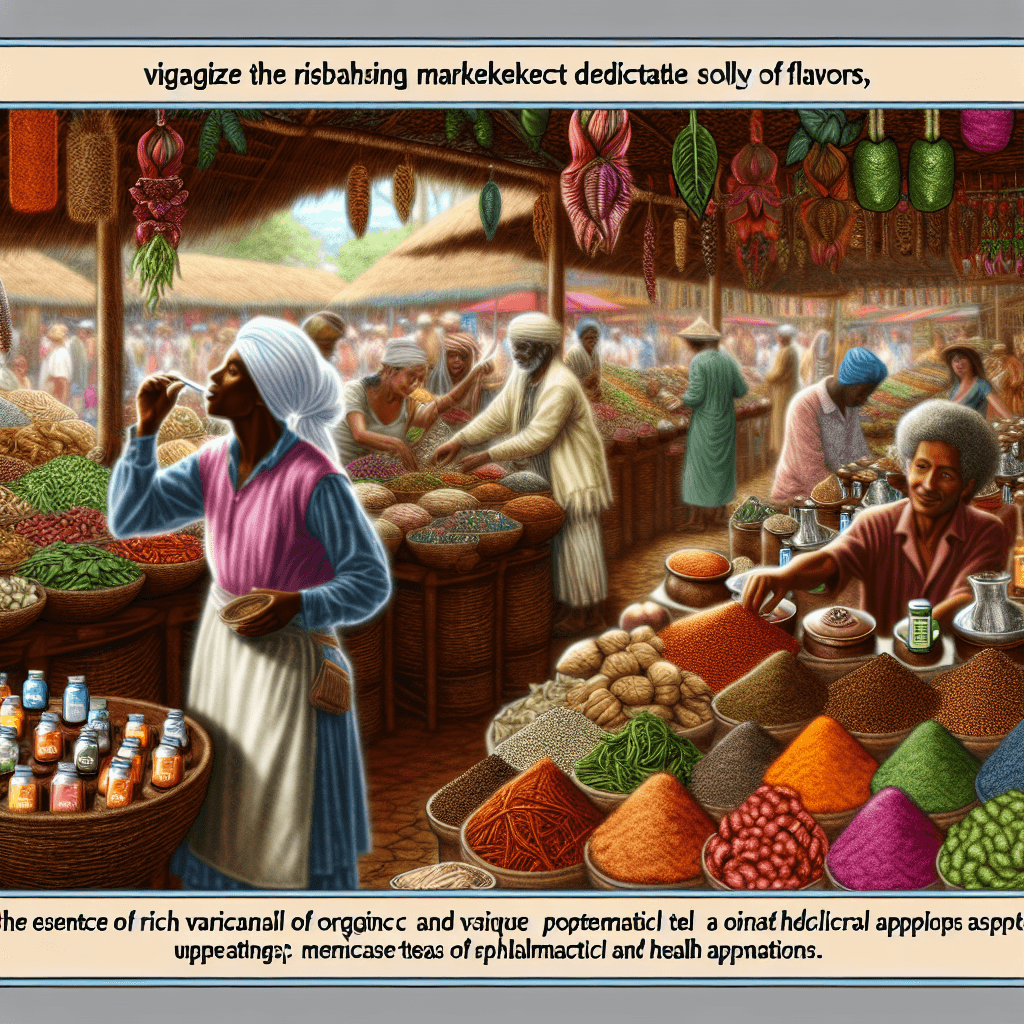Explore the growing market of flavors used in pharmaceuticals and healthcare, enhancing patient compliance and experience.
Flavors Market For Pharmaceutical And Healthcare Applications

Table of Contents
Exploring the Flavors Market for Pharmaceutical and Healthcare Applications

The pharmaceutical and healthcare industries are increasingly recognizing the importance of flavors in enhancing the palatability and consumer acceptance of their products. From children’s medications to dietary supplements, the right flavoring can significantly impact the overall patient experience and compliance. This article delves into the current trends, challenges, and opportunities within the flavors market specifically tailored for pharmaceutical and healthcare applications.
Understanding the Role of Flavors in Healthcare Products
Flavors play a crucial role in the formulation of pharmaceutical products and dietary supplements. Their primary function is to mask the often unpleasant tastes of active pharmaceutical ingredients, making oral products more palatable. This is particularly important in pediatric and geriatric formulations where taste can be a barrier to compliance. Additionally, flavors can also serve therapeutic purposes, such as providing relief from nausea.
Market Overview
The global market for flavors in pharmaceutical and healthcare applications has seen significant growth, driven by increasing consumer demand for palatable medication and the growing pharmaceutical industry. According to recent market research reports, the pharmaceutical flavors market is expected to continue its growth trajectory, influenced by factors such as:
- Increasing pediatric and geriatric populations
- Rising consumer preference for flavored health products
- Technological advancements in flavor encapsulation
Key Trends Shaping the Market
Several trends are currently shaping the flavors market in the pharmaceutical and healthcare sectors:
- Natural and Organic Flavors: There is a growing consumer preference for natural and organic products, including medications and supplements. This trend is pushing flavor manufacturers to develop natural flavoring solutions that meet regulatory standards for pharmaceutical use.
- Customization and Personalization: Pharmaceutical companies are increasingly investing in customized flavor solutions to differentiate their products in a competitive market. Personalized medicine is also extending into personalized flavor profiles to enhance patient compliance.
- Advanced Flavor Masking Technologies: New technologies and techniques in flavor masking are being developed to more effectively disguise the unpleasant tastes of active pharmaceutical ingredients without affecting the efficacy of the medication.
Challenges in the Flavors Market
Despite the opportunities, there are several challenges that flavor manufacturers and pharmaceutical companies face in this niche market:
- Regulatory Compliance: Flavors used in pharmaceutical applications must comply with stringent regulations regarding safety and efficacy. Navigating these regulatory landscapes can be complex and varies significantly from one region to another.
- Stability and Compatibility: Developing flavors that are stable and compatible with active pharmaceutical ingredients without affecting the product’s therapeutic properties is a significant challenge.
- Cost Constraints: Pharmaceutical companies often face cost pressures which can limit the use of more expensive flavoring systems, despite their potential benefits in patient compliance and satisfaction.
Case Studies: Successful Flavor Implementations
Several case studies highlight the successful implementation of flavors in pharmaceutical and healthcare products:
- Children’s Tylenol Grape Splash: By incorporating a pleasing grape flavor, this product has successfully improved pediatric compliance with analgesic treatments.
- Nicorette Icy White Chewing Gum: The use of a refreshing mint flavor in this nicotine replacement therapy enhances the user experience, potentially increasing the success rate of people trying to quit smoking.
Future Outlook
The future of the flavors market in pharmaceutical and healthcare applications looks promising with several developments on the horizon:
- Expansion of Flavor Options: As consumer preferences evolve, there is a continuous demand for new and innovative flavors that can cater to diverse palates and cultural preferences.
- Integration with Digital Health: Flavors might be tailored based on data collected from digital health applications, leading to more personalized healthcare solutions.
- Focus on Therapeutic Benefits: Beyond taste masking, flavors could be engineered to provide additional therapeutic benefits, such as appetite stimulation or mood enhancement.
Conclusion
The flavors market for pharmaceutical and healthcare applications is a dynamic area that bridges consumer preferences with clinical needs. As the market continues to evolve, the focus will likely remain on developing innovative flavor solutions that can meet regulatory standards, enhance patient compliance, and ultimately contribute to better health outcomes. With ongoing research and technological advancements, the potential for flavors in medicine is vast, promising a future where medication is not only effective but also enjoyable.
In conclusion, understanding and leveraging the strategic importance of flavors in pharmaceuticals and healthcare products can lead to improved patient outcomes and market success. The key will be to balance innovation with safety, ensuring that all flavor additives enhance the therapeutic value of health products without compromising on quality or efficacy.








